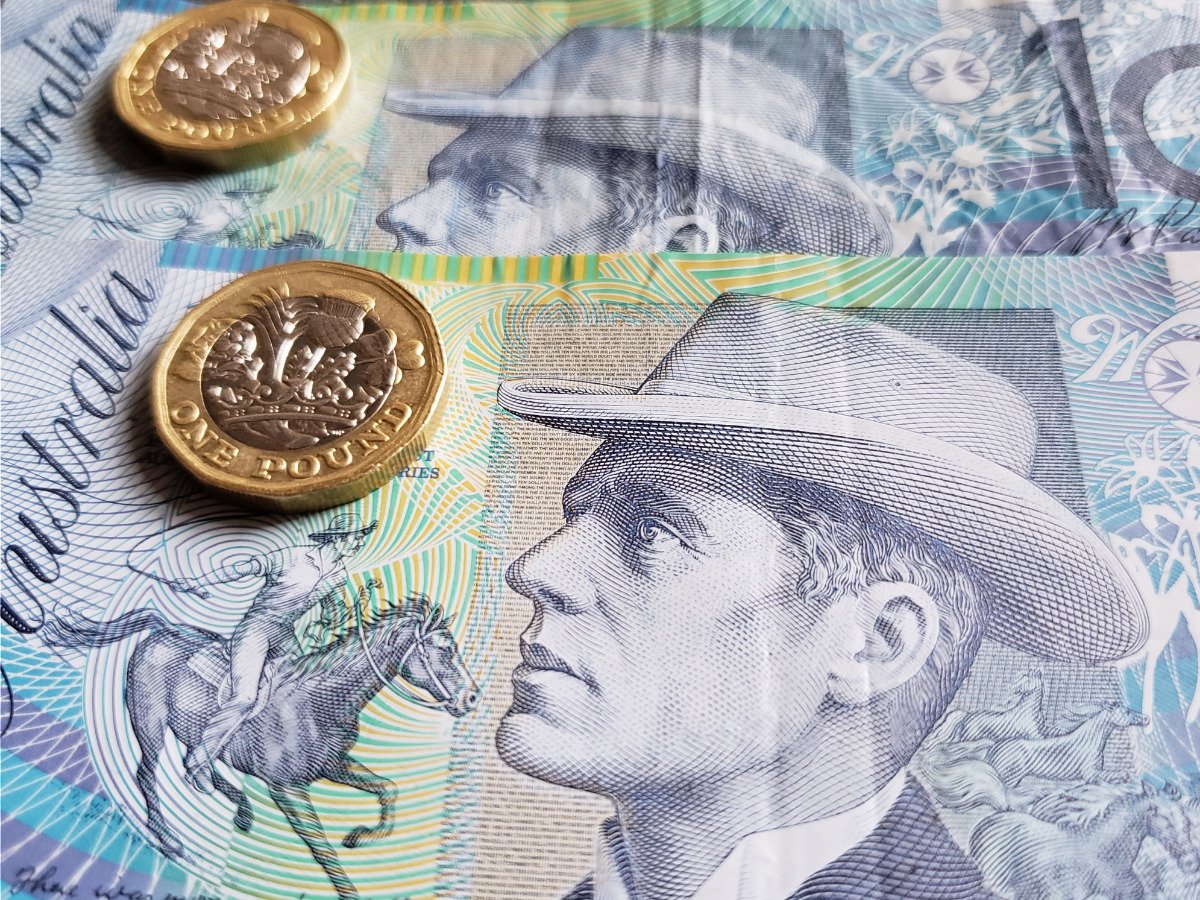

The increasingly risk-sensitive Pound (GBP) firmed against some of its safe-haven rivals entering into Monday’s session last week, while dipping against its more acutely risk-sensitive peers amid an improving market mood.
On Tuesday, GBP then wavered amid a lack of notable releases. A spell of gloomy trade saw GBP relinquish its cheery wins from the day before, as it slumped against it safer peers.
Wednesday saw the UK’s finalised manufacturing PMI miss forecasts, with the index unexpectedly slumping to 49.1 in April after a brief upturn in March. Markets had forecast an extended period of expansion in the UK’s manufacturing sector, leaving the disappointing reading to dampen investor interest in the Pound.
Heading into the latter half of the week, the Organisation for Economic Co-operation and Development (OECD) released its latest growth forecasts. Amid a lack of macroeconomic releases in Britain, the downwardly revised growth outlooks were pulled into focus.
The Paris-based thinktank stated that the British economy would be the worst-performing of the G7 countries this year, slashing growth expectations to 0.4%, down from 0.7%.
As the week drew to a close, GBP was able to recoup some of its previous losses, amid a better-than-forecast expansion in the UK’s services sector in April. The UK’s services PMI printed at 55, reaching an eleven-month high and surpassing preliminary forecasts.
Australian Dollar (AUD) Exchange Rates Fluctuate under Market Risk Dynamics
The Australian Dollar (AUD) strengthened as the week opened. An upbeat market mood swept through global trade, amid hopes that a ceasefire in the Middle East is within reach. In turn, the acutely risk-sensitive ‘Aussie’ was able to catch some bids as investors favoured less secure trading options.
However, on Tuesday an unexpected contraction in domestic retail sales saw AUD retreat against its peers. Retail activity fell by 0.4 in March, rather than expanding by 0.2% as markets had anticipated.
Concerns of reduced consumer spending saw markets speculate over the adverse impacts of persistently high Reserve Bank of Australia (RBA) interest rates, souring AUD sentiment.
Wednesday saw the ‘Aussie’ wavering near a one-week low, as a cautious market mood stifled the risky Australian Dollar’s upside potential.
Following this, AUD then soared overnight on Thursday despite a narrowing of Australia’s trade surplus. Federal Reserve Chair Jerome Powell struck an unexpectedly dovish tone during the Fed’s monetary policy meeting on Wednesday evening, which in turn rocked global markets and sparked a risk-on rally. Bullish trading conditions then saw AUD rebound from its recent lows overnight and into Thursday’s European trading hours.
The ’Aussie’ then consolidated its recent gains overnight as upbeat trading conditions continued to permeate global trade. However, a downward revision to AU’s services PMI prevented the ‘Aussie’ from gaining any significant ground as the week drew to a close.
Pound Australian Dollar Exchange Rate Forecast: Monetary Policy in Focus
Looking ahead, the Reserve Bank of Australia’s (RBA) latest interest rate decision is due for release on Tuesday.
Similarly, the Bank of England (BoE) is set to deliver its latest interest rate decision on Thursday. While both central banks are expected to maintain their current base rates, markets will be eager to assess any forward guidance form each bank’s respective policymakers. Hawkish signals from either party could drive notable volatility in the Pound Australian Dollar exchange rate.






